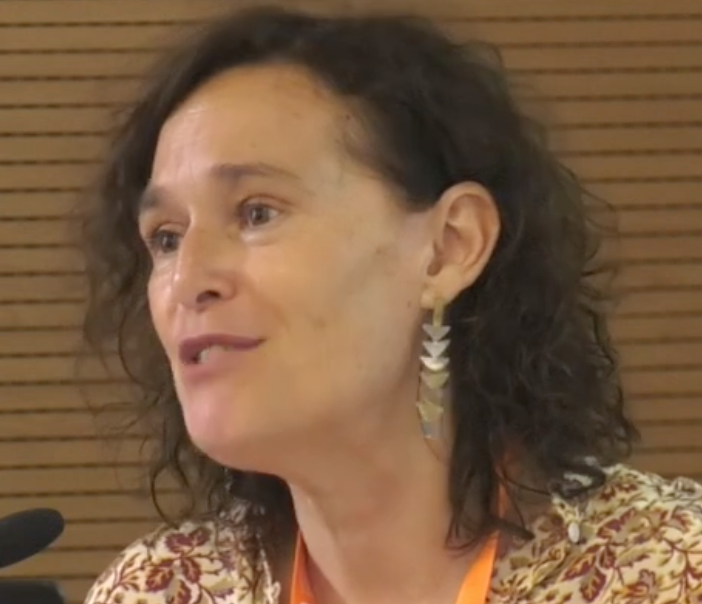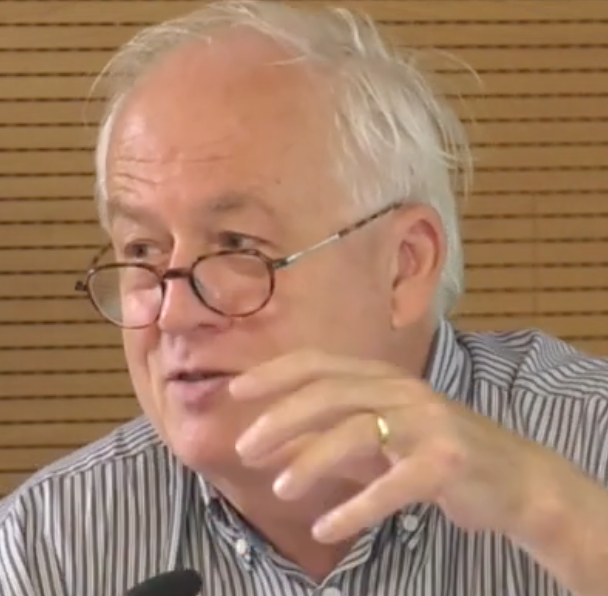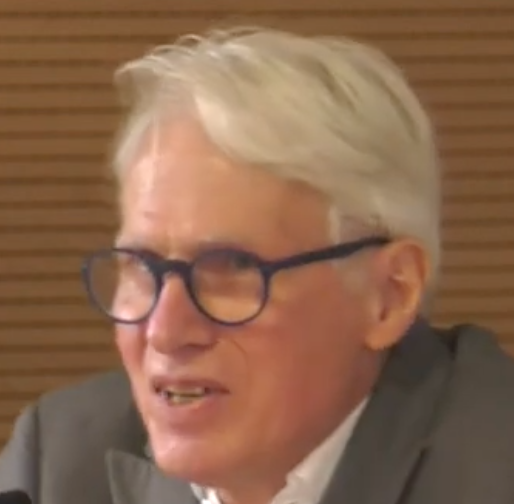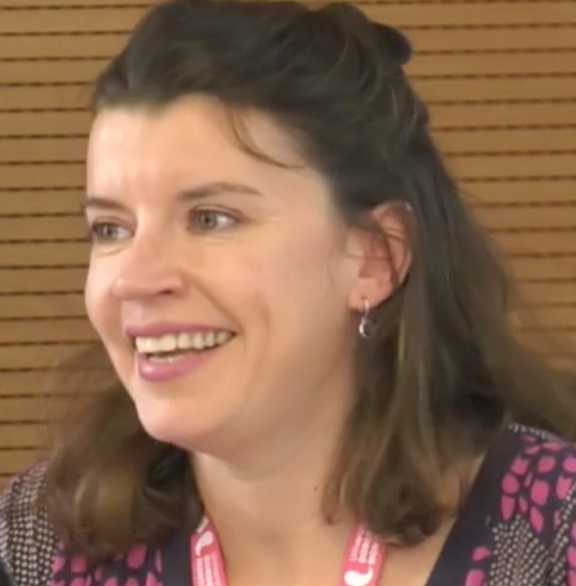Archive for the ‘Short stories’ Category
RLS 2022, Bordeaux: videos of the talks
OPENING ADDRESSES
.
.
.
WORDS AND MEANINGS: ‘PLEASURE’, ‘DELIGHT’, ‘CHARM’ etc.
Jean-Pierre Naugrette (Université Sorbonne Nouvelle-Paris 3), Stevenson and the Pleasure of Nightmares.
(pleasure associated with dozing off, dreams, nightmares, and romance)
.
.
Richard Dury (Honorary fellow, University of Edinburgh), Stevenson and Charm
(charm: meaning and importance for Stevenson)
.
.
.
Linda Dryden (Napier University), ‘I had learned to dwell with pleasure, as a beloved daydream, on the thought of the separation of these elements’: The thrill of being Mr Hyde.
(‘pleasure’ etc. in Jekyll and Hyde)
.
.
Caroline Crépin (Université de Lyon 3 et Paris 10), Seeking and hiding: the linguistic concealment of pleasure in R. L. Stevenson’s work.
(Jekyll and Hyde has the greatest concentration of the word ‘pleasure’, either deficient or excessive; half the cases in Stevenson’s works are negatively connotated, associated with shame and secrecy)
.
.
Lucio de Capitani (Ca’ Foscari University of Venice), ‘Greedy of all Pleasures’/ ‘Divinely Free from Malice’: Enjoyment and Ethics in Stevenson and Melville.
(erotic pleasure and learned humanity)
.
.
Caroline Howitt (Heriot-Watt University), Romance, Pleasure & Wellbeing.
(Stevenson associates pleasure with romance and style)
.
.
.
Pam Lock (Bristol University), ‘A favourable stage of drink’: Re-framing Robert Louis Stevenson’s approach to alcohol, health, and pleasure.
(ambiguous pleasures of alcohol)
.
.
.
PLEASURES OF READING STEVENSON: TEXTS AND GENRES

.

Richard Ambrosini (Roma Trè University), Robert Louis Stevenson, ‘Versifier’.
(Poetry)
.
.
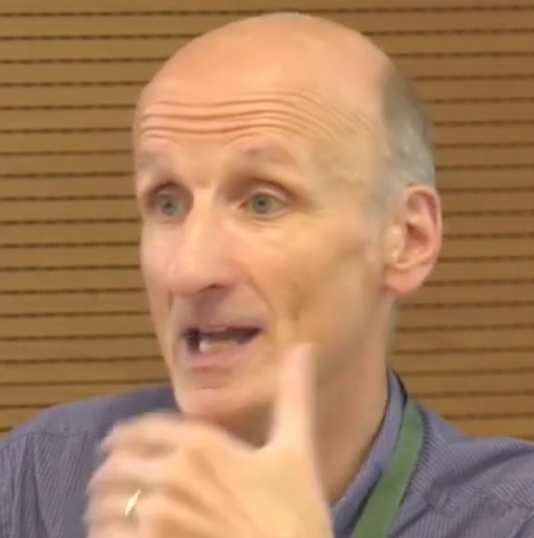
Burkhard Niederhoff (University of Bochum, Germany), The Pleasure of the Intertext: Aesthetic Self-Fashioning in ‘Providence and the Guitar’
(Stevenson’s play with excessive allusions)
.
.

Lena Linne (Ruhr University Bochum), ‘[A] gaming-table, a duel, and a Roman amphitheatre’? Pleasure and The Suicide Club.
(Suicide Club: delight in the frightening experience shared by reader and characters)
.
.

Andrew Brown (Société Historique de Maroilles), Robert Louis Stevenson and Pleasure in An Inland Voyage.
(reading An Inland Voyage; also In the Footsteps: N France)
.
.
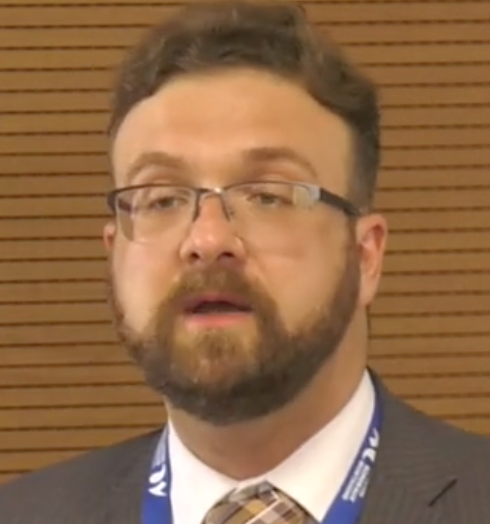
Adam Kozaczka (Texas A&M International University), Reenacting the ‘Excitements’ of Eighteenth-Century Scots Law in Stevenson’s Historical Novels
(Weir of Hermiston: its vibrant picture of Edinburgh legal life and Stevenson’s debt to Henry Coburn)
.
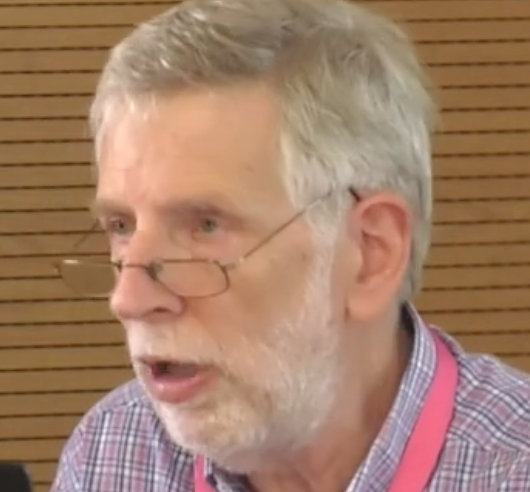
Martin White (European Cultural Route), The Hunting of the <Snark> Skelt.
(Stevenson’s striking images and diction and clear details in writings of the East Lothian coast)
.
.

Audrey Murfin (Sam Houston State University), Pleasure for Profit: Opium in The Wrecker.
(The Wrecker: the perverse pleasure of profit and capital; Stevenson associates opium not with the Chinese but with American and European financial speculation)
.
.
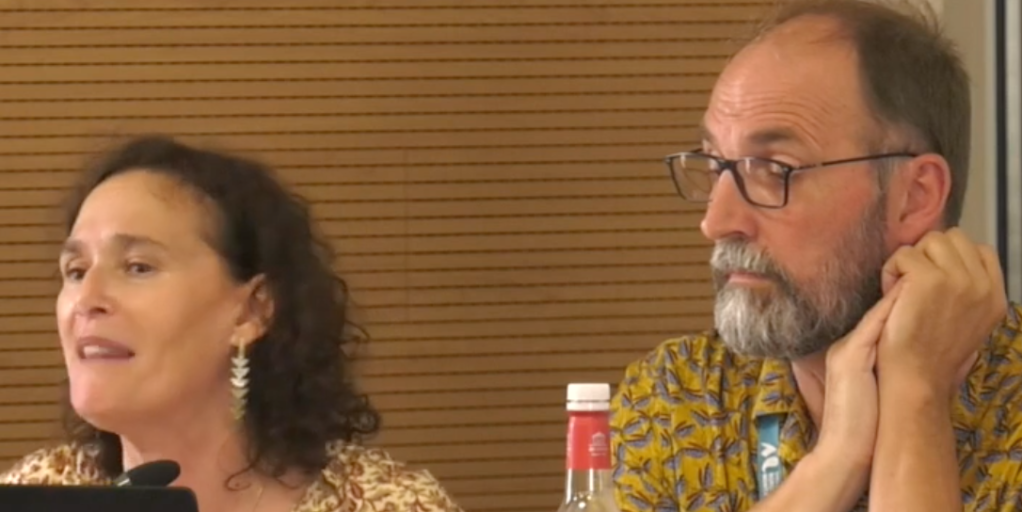
Xavier Amelot et Nathalie Jaëck (Université Bordeaux Montaigne), ‘But somehow it was never Treasure Island to me.’ The elusive climactic map of Treasure Island.
(the playfully elusive map in Treasure Island)
.

Patrick Antoniol (Université de Lille 3), Plaisir d’écrire, plaisir de lire, plaisir de classe : où sont les vrais plaisirs ?
(Stevenson and Maupassant: writers in the late nineteenth-century socioeconomic context)
.
.
PLEASURE AND TRAVEL (FOR STEVENSON, FOR READERS)

Kévin Cristin (Aix-Marseille Université), An ‘invalid marching to and fro upon the roads’: pleasure and exertion in Robert Louis Stevenson’s early travel narratives.
(Stevenson’s innovative early travel writing: outdoor adventures and celebration of the intensity of experience)
.
.

Penny Fielding (University of Edinburgh), Stevenson and the Pleasures of Cosmopolitanism
(rise of cosmopolitanism and its contradictions)
.
.
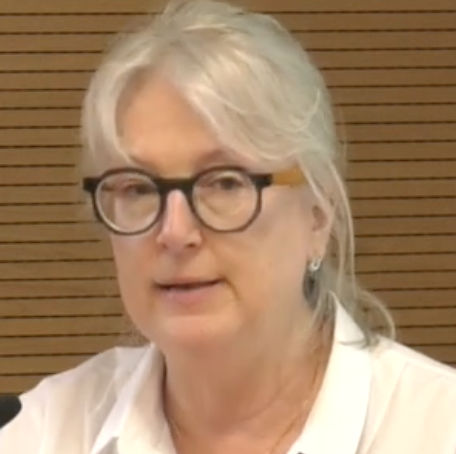
Lesley Graham (Université de Bordeaux), The pleasure of following Stevenson.
(followers after Stevenson in Scotland)
.
.
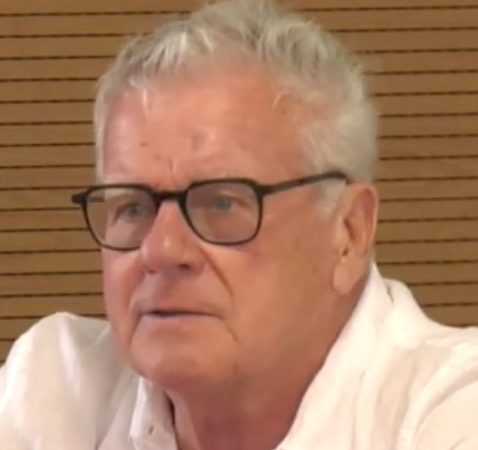
Thomson Moore Prentice (independent scholar), A Tale of Two Louis — Crossing Paths in the Cevennes.
.
.
BIOGRAPHY

Ali Bacon (Independent scholar and writer), Mrs Sitwell, pleasure or pain?
.
.

.
.
.
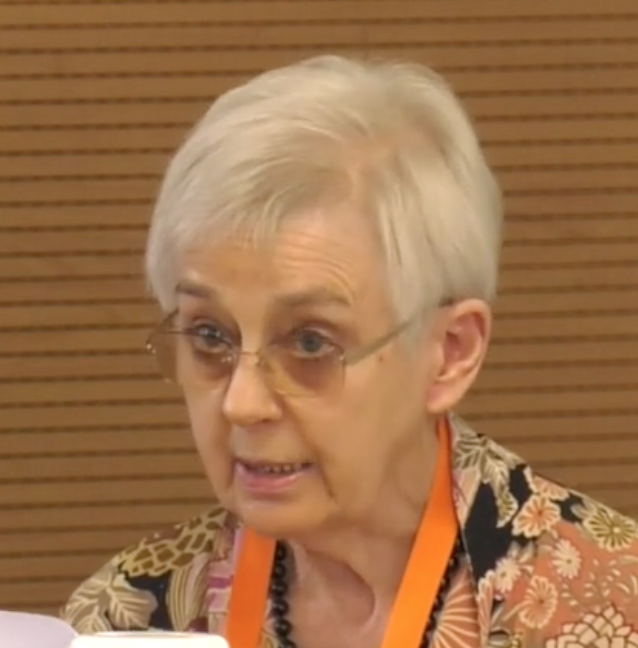
.
.
.
.
DERIVATIVE WORKS
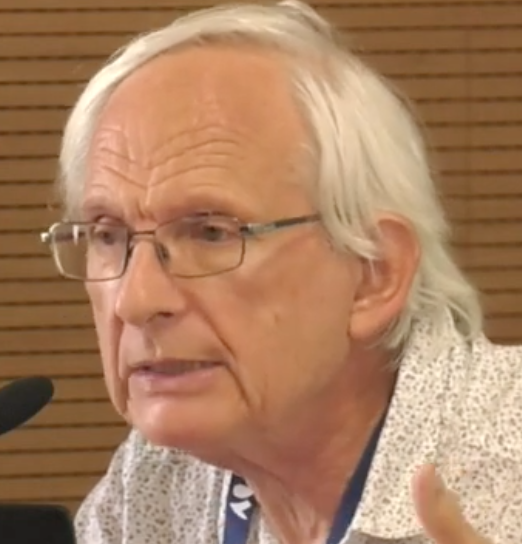
Gilles Ménégaldo (Université de Poitiers), Dreadful Pleasures in Some Filmic Adaptations of ‘The Body Snatcher’ (1884) and The Strange Case of Dr Jekyll and Mr Hyde (1886).
(Jekyll and Hyde: film)
.
.

Jean-Paul Gabilliet (Université Bordeaux Montaigne), How Charles Crumb’s childhood obsession with Stevenson’s Treasure Island finally drove him crazy.
(Treasure Island: comic books, TV series, film)
.
.
.

Nicolas Labarre (Université Bordeaux Montaigne), Playing the classics? The strange case of the Jekyll and Hyde video game adaptations.
(Jekyll and Hyde: video games)
.
.
Written by rdury
03/11/2022 at 9:23 pm
Posted in Conferences, Dr Jekyll and Mr Hyde, Essays, Fables, Lesley Graham, Linguistic aspects, News, Poems, poetry, Reception, RLS 2022, Robert Louis Stevenson, Robert-Louis Abrahamson, Short stories, Travels with a Donkey, Treasure Island, Weir of Hermiston
Tagged with Biography, Colloque Stevenson Bordeaux, In the footsteps, Stevenson and Pleasure
More mysterious titles
Some time back we looked at a page of mysterious story titles (Yale, B 6530), that seem to be organized according to archetypal story-types. Now another scrap of manuscript has been identified with a similar listing. But first, a summary of the of the previous posting.
1. Mysterious titles, late 1888/early 1889 (Yale, B 6530)
Here is the transcription:
talisman
…..Excellent old melodrama: the bottle Imp.
…..Aladdin, Pollock [?]
Mistaken identity.
…..on a cue from a French author: the Twins
…..Humorous [?]: les trois Bossus.
…..Metempsychosis: from Magics [?]. The Body Changer.
…..Scientific, from an Axxxx xxxx Hoyten[?]: The Sand Bag [Bug?].
Revenge:
…..Rahero.
Return of the Husband:
…..Ulysses. (concealed [?] ^disguised^ Prince)
…..Colonel Chabert
…. Enoch Arden
Additional notes:
1. ‘The Sand Bag’ is possibly ‘The Sand Boy’, which looks like it could be:
Ottilie Wildemuth [1817-77], Der Sandbub’: oder, Wer hat’s am besten? (available in part in Google Books in the collection of Wildemuth’s tales Für Freistunden (Stuttgart, 1868), though probably published earlier).
This is a children’s moral tale, translated at least once: The Little Sand Boy; or Who is Best Off? (Edinburgh, 1877), 63 pp., though it may well have been translated previously as William the Sand Boy. Translated from the German (London, [1863]).
2. ‘on a cue from a French author’, as previously remarked, reminds us of Stevenson’s own proposed titles ‘ The Bottle Imp: A Cue from an Old Melodrama’ and ‘The Waif Woman: A Cue from a Saga’ (L7, 436; Dec 1892).
The curious phrase ‘on a cue from’ meaning ‘from an idea in’ or ‘based on’ seems to have been used for the first time in Recreations of a Recluse (1870) and Cues from All Quarters, or Literary Musings of a Clerical Recluse (1871), published anonymously by the Rev. Francis Jacox. Several of the essays in these volumes have a title like ‘About a Little Candle’s Far-Thrown Beams—A Cue from Shakespeare’, and develop thoughts from a literary ‘text’. Google Advanced Book Search reveals no other uses before Stevenson
2. More mysterious titles, 1887-88? (from Notebook 53)
In one of Stevenson’s notebooks we find the following:

Notebook 53 (Yale, GM 664 34, 820), back f. 4
Vendetta
Treasure
Disguised Prince <Disguised> & reverse. Scott’s Pirate. Ulysses & Suitors. Guest [?]
……………………Husband and Wife:-
1. Return of the Husband. Ulysses. Agamemnon.
False accusation…………………………….The House[?] of an [?our] unknown ill
…And we, the wise of ?now…………………Bind us upon the altar
…Not other wise in youth are fared[?];
…[verse continues for rest of page and onto the following page]
In the transcription the words in red correspond to words in the post-November 1888 list, while ‘Vendetta’ here in blue is similar to ‘Revenge’ in the other list.
The new list seems again to be universal story-types, but must be earlier. The Notebook contains war-games correspondence and maps, which date from one of the winters in Davos, i.e. 1880-81 or 1881-82, there is a list of chapter titles for ‘The Merry Men’ (mid-1881), a draft dedication for the New Arabian Nights (early 1882), a draft for ‘The Foreigner at Home’ (late 1881), notes for a Hazlitt biography (projected Dec 1881—late 1882)—so it looks as if the Notebook was mainly used 1881-82.
There is however an outline of chapters for Catriona/David Balfour headed ‘D.B. sequel.’, starting ‘I. Mr Stewart | II. An old friend at Lieth [sic]’ (back f. 6v., so quite near the list of mysterious titles). This must date from after May 1887, when Stevenson agreed to write a sequel to Kidnapped to be delivered ‘as soon as possible’ (Swearingen, 167), up to some time before September 1890, when Stevenson said he had one chapter of David Balfour finished (L7, 423).
So while the list on the loose sheet is almost certainly late 1888/early 1889, this notebook list could considerably earlier (1881–82, with most of the rest of the contents), a little earlier (May 1887 or shortly after, when David Balfour was first planned), or could be from the same period as the other list (before September 1890 when writing from David Balfour actually started). The lack of any mention of ‘Rahero’ or ‘The Bottle Imp’ in the notebook list suggests that it might ‘fit’ best with mid-1887 when the outline of David Balfour on a nearby notebook page was possibly made.
It is possible that both lists are connected with what became the volume Ballads (1890), the first of which, ‘Ticonderoga’, was written in May 1887. After completing this Stevenson perhaps started thinking of a volume of similar poems and drew up this list of universal story types. The rest of the volume ‘belongs mainly to the early South Seas period, 1888-90’ (Lewis, Coll. Poems, 458), which could correspond to a slightly later dating of the notebook list, though before November 1888, when Stevenson learnt the story of Rahero.
If these two lists correspond to brain-storming to find good subjects for what Stevenson called ‘ballads’, then it is possible that ‘The Bottle Imp’ in the longer list was first considered as a subject for a narrative poem before becoming the short prose narrative we know, written between December 1889 and January 1890.
Written by rdury
21/04/2016 at 10:14 am
A Little More ‘Heathercat’
This post is contributed by Gillian Hughes with help from Richard Dury and Roger Swearingen
.
Hugh Walpole’s collection of manuscripts at King’s School, Canterbury
The rare book and manuscript collection of the novelist Hugh Walpole (1884-1941), now owned by the King’s School, Canterbury, reflects its former owner’s interest, among other things, in Scottish literature of the nineteenth century and includes items by James Hogg, Sir Walter Scott, and Robert Louis Stevenson. The scanned catalogue, accessible through the National Register of Archives website revealed an entry for a manuscript fragment of twenty lines of ‘A Tale of Scottish Life’ by Robert Louis Stevenson that had not been hitherto identified.
Naturally intrigued by this description, I contacted the King’s School Librarian, Peter Henderson, about it.[1] The title given in the catalogue turned out to be descriptive only and the manuscript leaf was itself untitled: paginated 5 and beginning in mid-sentence it obviously once formed part of a longer manuscript, and the scenario of a Covenanting sermon from which a ‘truant sentry’ escapes to find a lad called ‘Crozer’ identifies the story concerned as ‘Heathercat’.
[1] Acknowledgement is made to Mr Henderson and to the King’s School, Canterbury, for supplying an image of the manuscript leaf and for granting permission to use it in the present note.
.
Heathercat
Stevenson mentioned his idea for this story about the Scottish Covenanters to S. R. Crockett in a letter of around 15 August 1893, responding to Crockett’s dedication to him of The Stickit Minister (Letters 8, 153). By late March the following year, he reported to J. M. Barrie that he had about fifty pages written; then in May he learnt that Crockett was planning a novel about the same subject (the ‘Killing Time’, the savage suppression of the Cameronian Covenanters in the early 1680s), and wrote to him ‘I’ll race you!’ (Letters 8, 259, 286), but the story remained unfinished at the time of his death in December 1894.
‘Heathercat A Fragment’ was duly published posthumously in December 1897 with an Editorial Note by Sidney Colvin in Volume XXVI of the Edinburgh Edition (pp. 87-121). The surviving Part I (‘The Killing Time’) of what was intended to be a full-length novel is divided into three chapters the last of which, entitled ‘The Hill-end of Drumlowe’, breaks off in the middle of the Covenanting minister’s sermon. The text in the Edinburgh Edition ends with the words ‘He’s going round like a roaring rampaging lion. . . .’.
Stevenson’s draft manuscript for this chapter survives in the Beinecke Rare Book and Manuscript Library, GEN MSS 664, Box 30, Folders 711-726 (B 6303), and consists of four pages numbered consecutively [1]-4. At the end of the final page the text actually breaks off with the words ‘He’s going round like a roaring ramp^ag^ing lion, bragging and basting Christs folk in the’. And there the page ends (the caret marks here showing Stevenson’s insertion.)

over unseen to Crozer’s post, and he had a continuous private idea that he | would very probably steal back again. His course took him so near the minister | that he could hear some of his words: “What news, minister, of Claver’se? He’s | going round like a roaring ramp^ag^ing lion bragging and basting Christs folk in the ||
The marginal comment seems to be: ‘in dramatic | persons, with | changing interxxxxs [?] | and with a great | increase of the | broad Scots.’ It must be a later idea (notice the different ink) for an insertion—commenting on the minister’s dramatic delivery—after ‘he could hear some of his words’, perhaps with an intended addition like ‘and his manner of speaking’; ‘in dramatic persons’ would mean ‘imitating the different voices’. The sixth word, is Any ideas? (For suggested answers, see Comments)
Any ideas? (For suggested answers, see Comments)
The King’s School leaf
The leaf in the Walpole Collection is clearly the continuation of the Beiencke fragment: it is paginated 5, and it covincingly continues the unfinished sentence at the bottom of page 4 (‘bragging and basting Christ’s folk in the’) with ‘<wilderness> ^fields^, and riding and wading in the precious blood of the elect’ (the angle brackets indicating a deletion).

<wilderness> ^fields^, and riding and wading in the precious blood of the elect. What news of him | the day, minister? He’s ^up, he’s^ in the saddle, his trumpets blawn—wheest, did ye | no hear it?—he’s on the muirs. Who’s he seekin? <Lord> Sirs, is he seekin us?
.
Interesting features of this new fragment
The Walpole leaf continues what Stevenson has previously termed the ‘poetry apart’ of the sermon, a ‘homely tissue’ relieved by an ‘occasional pathos of simple humanity, ^and^ frequent patches of big ^biblical^ words’. Perhaps with the much-criticised representation of such Covenanting rhetoric by Sir Walter Scott in Old Mortality (1816) in mind, Stevenson set himself to convey both the occasionally ludicrous familiar imagery of such sermons and their touching vulnerability, particularly in the context in which they were delivered. The preacher, ‘Auld soupit ^hirplin^ Sandie’, for instance, asks God to ‘cast the lap of thy mantle over Sandie and his weans’ or to hide them in his armpit (‘oxter’) from Clavers.
One is struck in both the Beinecke and the Walpole fragments at Stevenson’s ability with Scots dialogue. The many deletions and insertions in this passage of the Beinecke MS show how anxious Stevenson was to get the tone he aimed at exactly right. Although the following paragraph apparently came more easily, the inveterate reviser is still evident, Stevenson weighing the precise words in which he might best convey the contrasting trivial mood of the knot of country lads engaged in a primitive gambling session when they are supposed to be on the lookout for the approach of government soldiers. The reader longs for his account of the personal combat of Heathercat and Crozer that presumably was intended to follow, and which would have caused them to fail to alert the congregation to the approach of the enemy, but alas! the remainder of the leaf remained blank.
Transcription of the Walpole leaf
Here then is a reading transcription of the Walpole leaf (deletions omitted and insertions unmarked), with its final continuation of Heathercat, never previously published:
……Meanwhile the truant sentry, with a certain pang of self-reproach at these images summoned up before him of the magnitude of that service he was neglecting, passed again out of hearing of the preacher, and came at last through a deep clump of junipers in view of his destination. Crozer was not at his post; but below in a hollow where he could neither be seen himself nor spy upon the approach of danger, he sat with three other boys of nine or ten engaged in the game of pitch and toss for one of the most infinitesimal of Scottish coins; the whole capital at stake being very likely overestimated at twopence.
–
The manuscript ends at the end of a sentence, but not at the end of the sheet: clearly Stevenson here abandoned the draft. For those interested in what comes next, the Beinecke Libary also has a number of earlier drafts, including two of the beginning of Chapter IV. But that is another story and for another time…
Gillian Hughes
Written by rdury
17/05/2014 at 1:40 am
Mysterious story titles
RLS plans something—but what?
The Beinecke Library at Yale has a single sheet with what looks like a series of titles or subjects:
==========
talisman
…..Excellent old melodrama: the bottle Imp.
…..…..…..Aladdin, Pollock [?]
Mistaken identity.
…..on a cue from a French author: the Twins
…..…..Humorous [?]: les trois Bossus.
…..Metempsychosis: from Magics [?]. The Body Changer.
…..…..Scientific, from an Axxxx [?American; Armenian?] xxxx [pastor?] Hoyten [Hayton?]: The Sand Bag [Bug?].
Revenge:
…..…..Rahero.
Return of the Husband:
…..…..…..Ulysses. (concealed [?] ^disguised^ Prince)
…..…..…..Colonel Chabert
…..…..…..Enoch Arden
[in ink and in another hand, sloping, below: calculations of interest and: Aranxx | imaginaire]
==========
Story-types and examples
Stevenson has organized the list as a series of universal story-types (Revenge, return of the Husband etc.), each followed by one or more titles as examples (Ulysses, Balzac’s Colonel Chabert, and Tennyson’s Enoch Arden are all examples of the Return of the Husband).
Is this a preparation for a study of narratives? ‘on a cue from’ suggests that this is a list of stories to be adapted from other sources, and also reminds us of Stevenson’s own proposed titles ‘ The Bottle Imp: A Cue from an Old Melodrama’ and ‘The Waif Woman: A Cue from a Saga’ (L7, 436; Dec 1892, to Colvin), and of course Stevenson actually wrote ‘The Bottle Imp’ and ‘Rahero’, a long-ish narrative poem published in Ballads (1890). On this evidence, the document would then seem to be a list of possible narratives to write (in verse or prose), subdivided into story types.
Notes:
the bottle Imp: Stevenson read the story among the play collection of his neighbour Sir Percy Shelley, some time after spring 1885, and wrote his story with this title in 1889-90.
Aladdin, Pollock: ‘talisman’, ‘magical object’, fits the stories of the Bottle Imp and Aladdin and the lamp. Pollock, publisher of the toy theatre sets described in “A Penny Plain and Twopence Coloured”, would seem more appropriate in notes for an essay or study of story types.
the Twins: this could possible be the story of Louis XIV and his twin (the Man in the Iron Mask) told by Dumas in in Le Vicomte de Bragelonne.
les trois Bossus: a humorous medieval French tale ‘Les trois bossus ménestrels’: a wife gets rid of her husband, killed by mistake as a result of his own actions prompted by jealousy.
Magics [?]: possibly the name of the author, something like ‘Murger’.
The Body Changer: untraced reference.
Hoyton/Hayton: The Sand Bug/Bag: untraced reference.
Rahero: Hawaiian folk-tale that Stevenson took as the basis of a ballad in 1889.
Ulysses / Colonel Chabert / Enoch Arden: stories of a husband’s return by Homer, Balzac and Tennyson. These titles seem more like examples of the story-type that ideas for stories to write (Stevenson cannot surely have been thinking of retelling the story of the return of Ulysses in verse or prose).
Dating
The best clue to dating is ‘Rahero’, which seems added later in lighter pencil. This story was learnt by Stevenson from Princess Moë and others some time after Nov 1888 in Tautira, Tahiti (Lewis, 465-66). The mention of ‘the bottle Imp’ fits into this dating, since Fanny Stevenson reports that ‘he spoke of it several times when we were living in Honolulu, as being, in its ingenuity and imaginative qualities, singularly like the Hawaiian tales’ (Tus 13, 12), in other words in the period in Hawaii immediately after the stay in Tahiti.
Mysteries
A list of ideas for a book of Ballads? (but including The Bottle Imp?)
A list of ideas for a book of prose tales? (but including Rahero?) The interesting ‘on a cue from a French author: the Twins’ suggests a planned companion piece for ‘The Bottle Imp’ and ‘The Waif Woman’ in a collection of retold and adapted stories.
An attempt to list some universal story types also found in the South Seas? (but with Rahero the only South Seas title?)
Ideas for an essay on story types? (but after the period when he had virtually abandoned essay-writing?)
Any suggestions will be welcome, as will any help with the untraced names and titles.
Written by rdury
27/04/2014 at 7:04 pm
from the EdRLS office
Steffi Grimm is our current 6-month intern from Germany and here she gives some insight into her work for us. The  edition is transcribing all manuscript material to make sure that we have a record of Stevenson’s first thoughts. Steffi is working on manuscripts from Stevenson’s Fables.
edition is transcribing all manuscript material to make sure that we have a record of Stevenson’s first thoughts. Steffi is working on manuscripts from Stevenson’s Fables.
My name is Stefanie Grimm and I am the new research assistant with the EdRLS project.
A few days ago I started transcribing the manuscript of “The Scientific Ape” which will be part of Volume 4 of Stevenson’s stories. As this was my first experience of transcribing Stevenson’s hand, I stumbled over words and phrases that were difficult to read and to make sense of.
We want to give you an example how to figure out an unusual phrase by referring to historical usage. This is a point in the story where the Chief Ape calls a halt to the experiments of the Scientific Ape. Reading the clip below we could not figure out what the words after “physical-“ could mean.
First we had to figure out if it is supposed to be one word or two because of the big space in between and the hyphen after the word “physical”. We were certainly sure that the last letter is a y, that in the middle there is a t, and that the first letter is an f. But the letters in between could have had several meanings.
After a while we settled on the transcription “physical-force tory”. But we were not sure if that expression existed, so we started looking for a description of the term “physical-force”.
We found that the term “physical-force” to describe a political idea had been most commonly used to describe a branch of Chartism—very far from the “Tory” position of the Chief Ape. But when we looked a bit closer, we found the term associated with Conservatism and with Unionist resistance to Home Rule in Ireland. Of course we will be able to leave it up to the volume editor, Bill Gray, to work out the precise significance of the term, but its use as a political category was enough to confirm the reading.
Written by pennyfielding
13/06/2012 at 6:00 pm
Bottle Imp – Stevenson number
The Bottle Imp, the well-designed “Scottish Studies ezine” published by the Association for Scottish Literary Studies, is planning a Stevenson number for November 2012.
Provisional contents:
Scott Hames: views of Stevenson’s style, past and present
Julia Reid: “borders” in the essays
Barry Menikoff: on the South Sea tales
Penny Fielding: the new EUP Edition
Alisdair Braidwood: later writers influenced by Stevenson
David Wingrove: on “Olalla”
Richard Dury: shifting viewpoint in the essays
Written by rdury
19/05/2012 at 5:44 am
Posted in Essays, News, Publications, Reception, Short stories, South Seas tales, Stevenson's style
